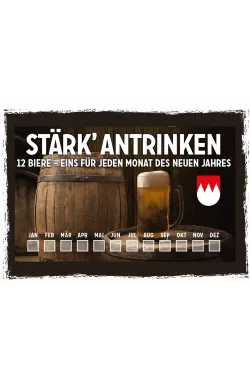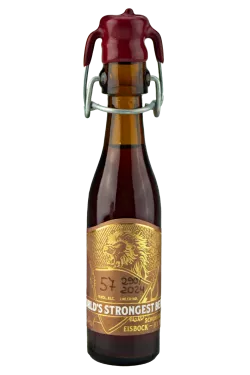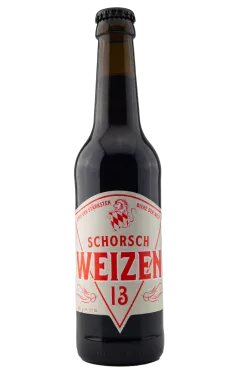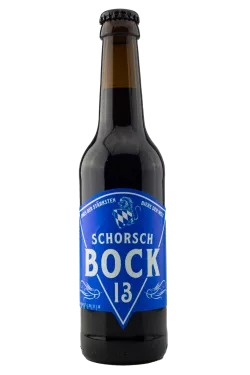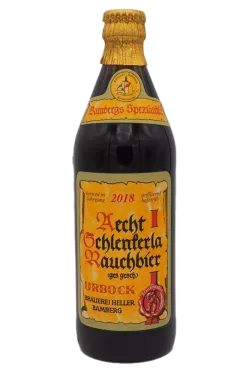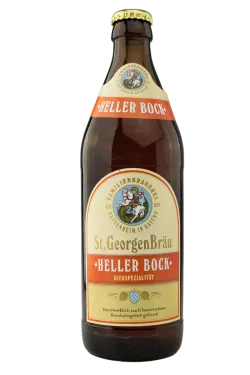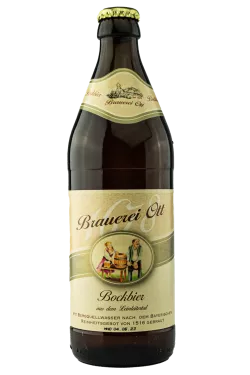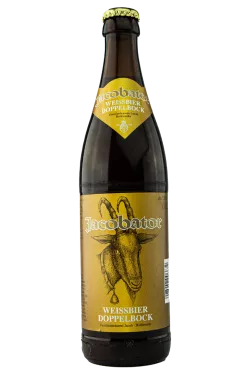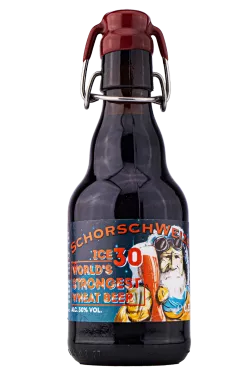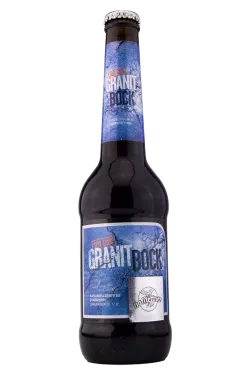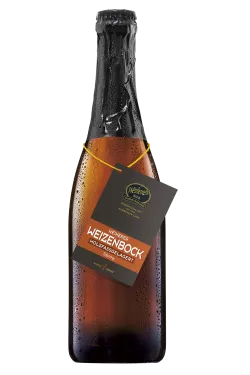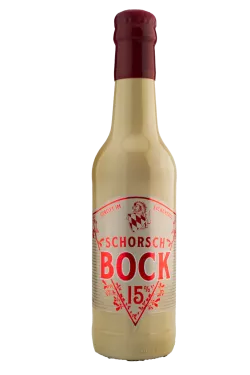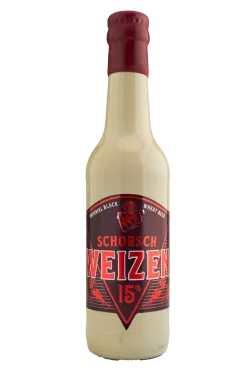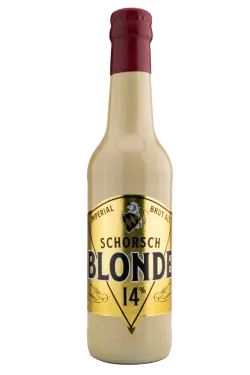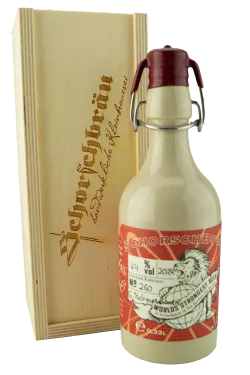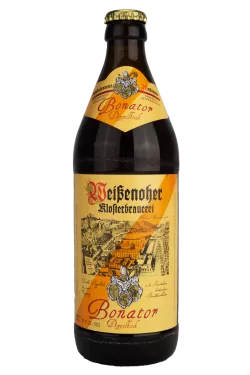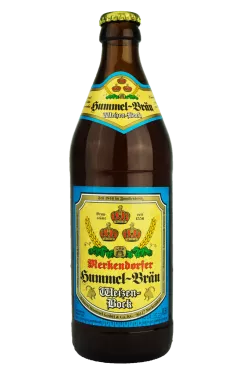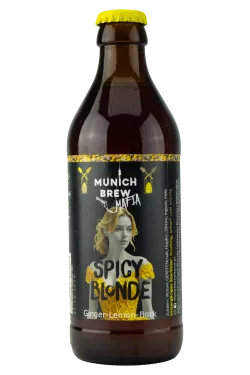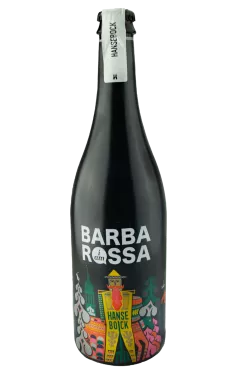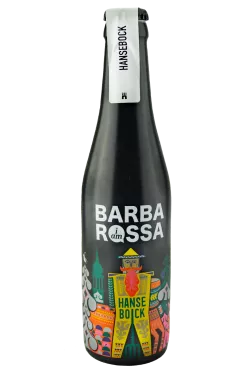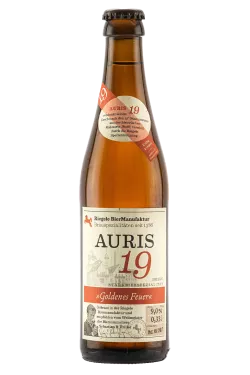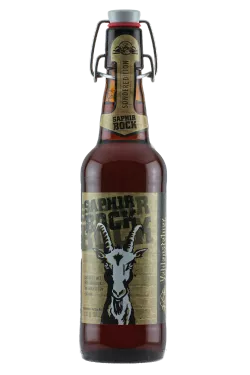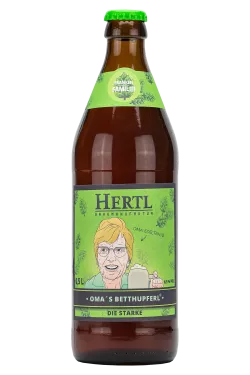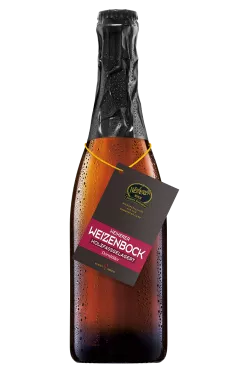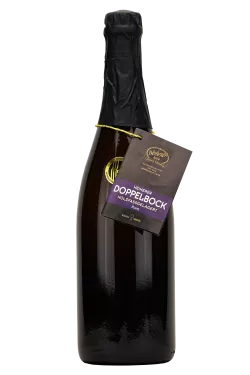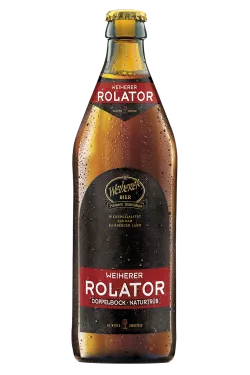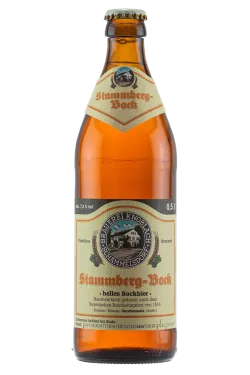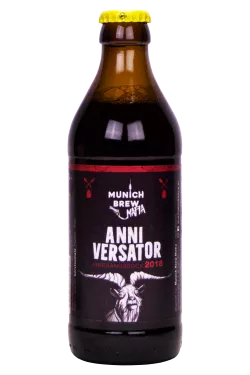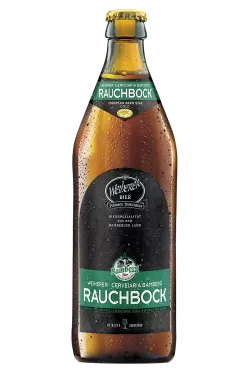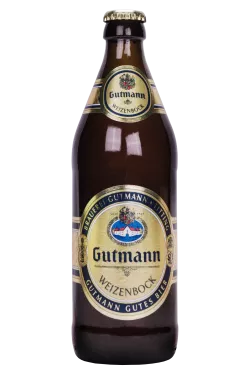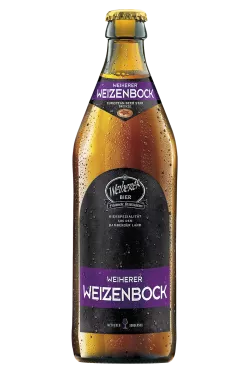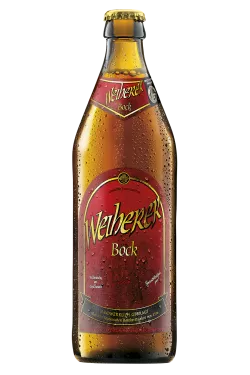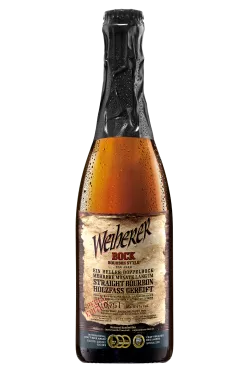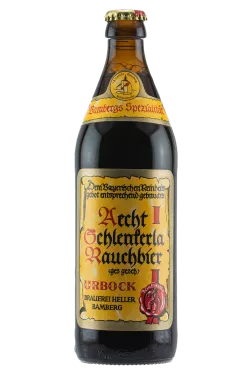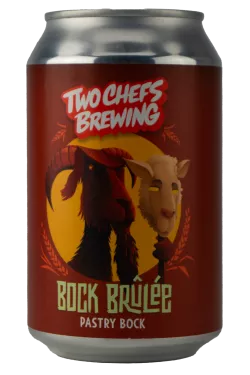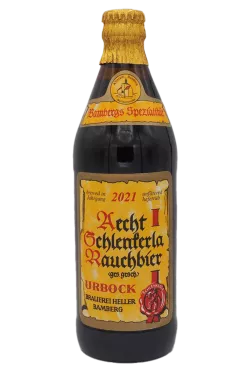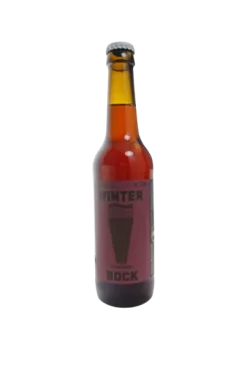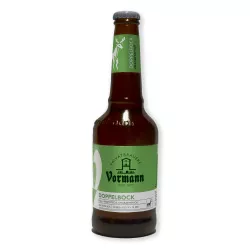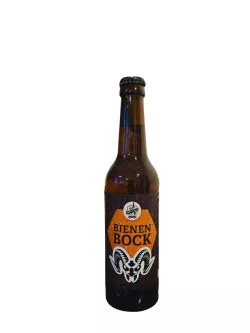Bockbiere
Bockbier ist ein traditioneller Bierstil, der durch seinen kräftigen Charakter und seinen höheren Alkoholgehalt beeindruckt. Ursprünglich in Nord-Deutschland entwickelt, steht Bockbier für intensiven Geschmack und jahrhundertealte Braukunst. Die untergärigen Biere überzeugen mit ausgeprägten Malznoten, einer vollmundigen Süße und einer angenehmen Wärme – perfekt für Genießer und die kältere Jahreszeit.
Die Geschichte des Bockbiers
Der Ursprung des Bockbiers liegt im niedersächsischen Einbeck, einer der bedeutendsten Bierstädte des Mittelalters. Von dort verbreitete sich der Stil nach Bayern, wo er perfektioniert und weltbekannt wurde. Besonders Doppelbock wurde durch Klöster populär, die ihn als nahrhaftes Fastenbier schätzten.
Was zeichnet Bockbier aus?
Bockbier hebt sich durch seine erhöhte Stammwürze von 16° bis 17,9° Plato ab, was für den volleren Körper, die Süße und den Alkoholgehalt verantwortlich ist. Doppelbock, eine stärkere Variante, weist sogar eine Stammwürze von mindestens 18° Plato auf, wodurch er intensiver und reicher im Geschmack wird.
Welche Varianten gibt es?
Bockbier beeindruckt mit einer beeindruckenden Vielfalt, die für jeden Geschmack die passende Variante bereithält. Der Helle Bock ist ein malzbetontes Bier mit einer dezenten Süße und einer subtilen Hopfenbitterkeit – erfrischend und dennoch kräftig. Der Dunkle Bock, auch bekannt als Winterbock, besticht durch seine würzige Malzbetonung und Noten von Karamell oder Schokolade, was ihn zum idealen Begleiter für gemütliche Abende macht.
Die kräftigere Variante ist der Doppelbock, der mit seinen komplexen Malzaromen wie Karamell und Dörrobst begeistert. Oft als „flüssiges Brot“ bezeichnet, war dieser Biertyp früher ein nahrhaftes Fastenbier der Mönche. Eine echte Spezialität ist der Eisbock, der durch Einfrieren konzentriert wird. Das Ergebnis ist ein hochprozentiger Genuss mit intensiver Süße und außergewöhnlicher Tiefe. Ergänzt wird die Vielfalt durch den Weizenbock, einen starken Vertreter der Hefeweizen-Familie, der mit ausgeprägten Frucht- und Gewürzaromen begeistert.
Mit seinen wärmenden Eigenschaften und seinem vollmundigen Geschmack bringt es Gemütlichkeit ins Glas. Saisonale Spezialitäten wie Winterbock oder Eisbock erfreuen sich gerade in der Weihnachtszeit großer Beliebtheit.
Die malzige Süße von Bockbier passt ideal zu Braten, Gulasch, Wildgerichten, würzigem Käse und schokoladigen Desserts oder nussigen Kuchen – ein vielseitiger Genussbegleiter.




